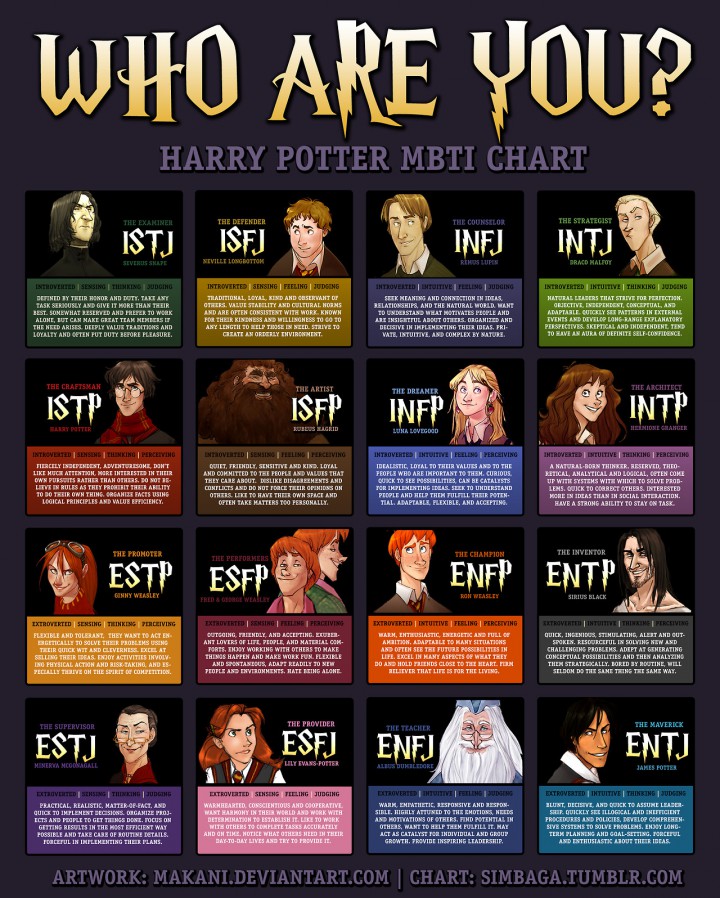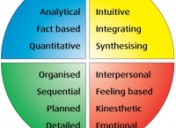Myers Briggs Type Indicator meets Harry Potter
The Myers Briggs Type Indicator is one of the most recognised and used psychometric tools in the world. The MBTI tool was created by Katharine Cook Briggs and her daughter Isabel Briggs Myers. They had both extensively researched the work of Carl Jung. Jung theorised that there are four principal psychological functions by which we experience the world: sensation, intuition, feeling, and thinking. One of these four functions is dominant most of the time.
They began creating the indicator during World War II, believing that a knowledge of personality preferences would help women who were entering the industrial workforce for the first time to identify the sort of war-time jobs that would be “most comfortable and effective”.
The initial questionnaire grew into the Myers-Briggs Type Indicator, which was first published in 1962 after nearly two decades of extensive research. The MBTI focuses on normal populations and emphasizes the value of naturally occurring differences.
Favorite world: Do you prefer to focus on the outer world or on your own inner world? This is called Extraversion (E) or Introversion (I).
Information: Do you prefer to focus on the basic information you take in or do you prefer to interpret and add meaning? This is called Sensing (S) or Intuition (N).
Decisions: When making decisions, do you prefer to first look at logic and consistency or first look at the people and special circumstances? This is called Thinking (T) or Feeling (F).
Structure: In dealing with the outside world, do you prefer to get things decided or do you prefer to stay open to new information and options? This is called Judging (J) or Perceiving (P).
Your Personality Type: When you decide on your preference in each category, you have your own personality type, which can be expressed as a code with four letters.
Katharine and Isabel wanted to make the theory of Jung’s accessible to people in their everyday life, believing that if people had an understanding of what seemed like random variation in the behavior of people is actually quite orderly and consistent, being due to basic differences in the ways individuals prefer to use their perception and judgment. Knowing about the different personality types is to understand and appreciate differences between people. As all types are equal, there is no best type.













